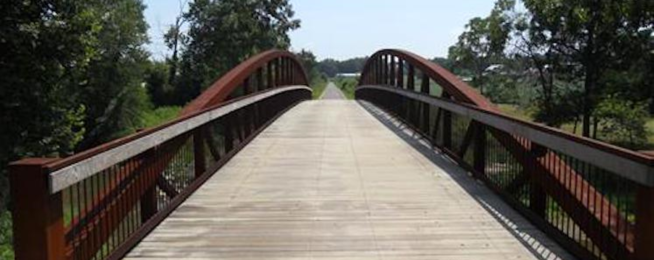Planning is underway to link up a continuous 6000 kilometre trail — all off-road — from one side of the United States to the other.
The Great American Rail Trail will link up more than 125 existing trails across the country from Washington State in the West to Washington DC in the East.
Currently it is 52% completed, with 2700 kilometres of gaps between the trails that need to be connected.
The planning is being co-ordinated by the Rails-to-Trails Conservancy, which has been has been working closely with local trail managers, state agencies, and interested groups to develop the preferred route.
The trail will be multi-purpose, across 12 states with about 50 million people within 80 km of the route.
Planners expect millions of others from across the country and the world to explore the trail.

From the nation’s capital, Washington, the Great American Rail Trail will head through Maryland, West Virginia and the southwest corner of Pennsylvania, continuing through the midwestern heartland of Ohio, Indiana and Illinois before reaching the Mississippi River.
It then goes across the river and through central Iowa, westward as the pioneers once did, through Nebraska and Wyoming, where the route will pivot northward through the Rocky Mountain states of Montana and Idaho before traversing Washington on its way to Seattle’s Puget Sound.
The route will serve bike riders, walkers, and long distance hikers as well as horses and wagons as used by the pioneers.
A key element of the project will be the rehabilitation of many historic structures and monuments from the early days.
It is expected to take several decade to complete the Trail.
Although the route is finalised, funding from local, state and federal sources has to be obtained.
Many of the trails within the Great American Rail Trail footprint have come a long way since their original conception. The Rails to Trail Conservatory was founded in 1986, and in the early days of the rail-trail movement, many of these now-valued community assets faced fierce opposition.
Today, communities are not only clamouring for them to be built, but are championing their trails once developed.
Become our friend
Find out more about Bicycle Network and support us in making it easier for people to ride bikes.


